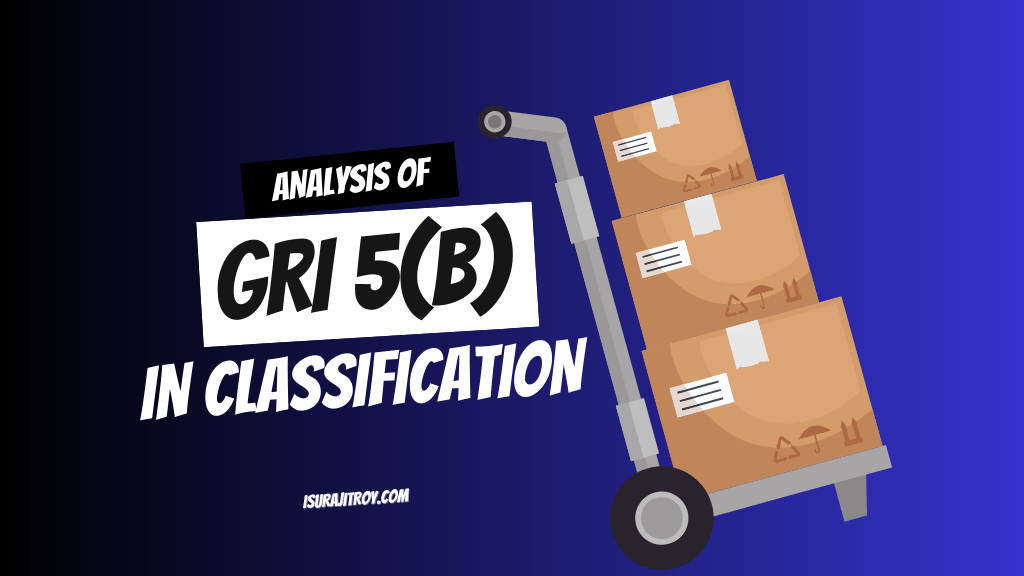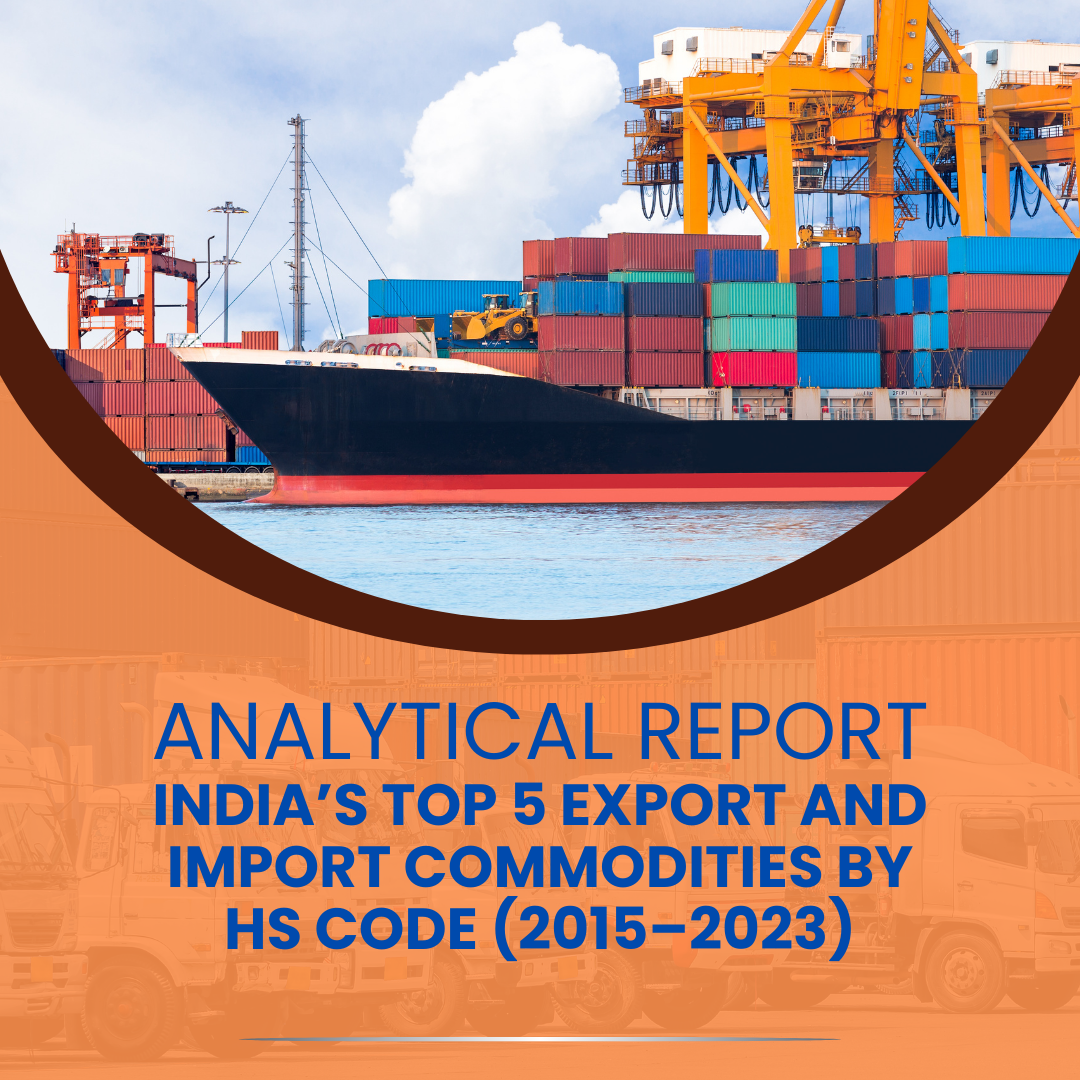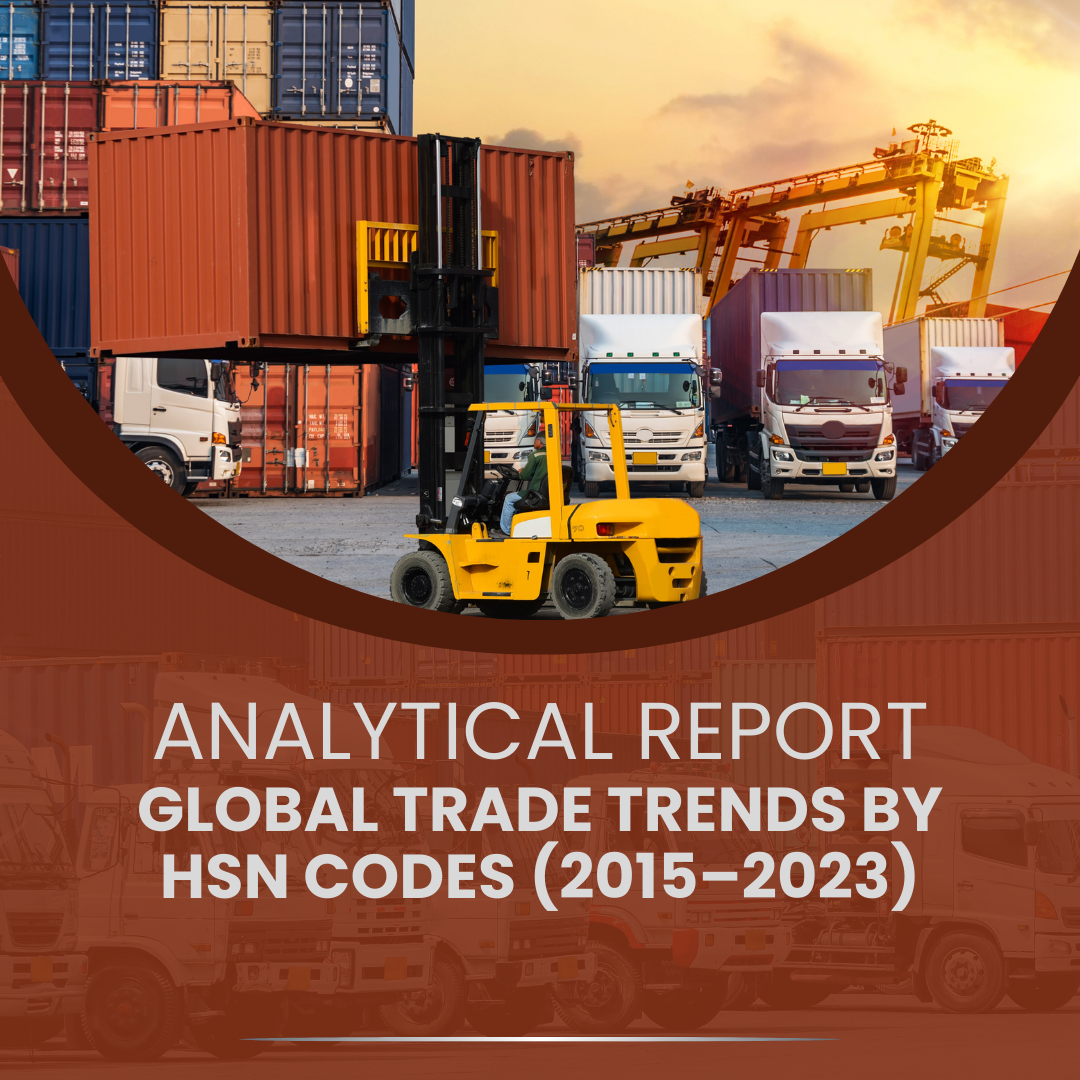
Have you ever encountered the complexities of classifying items under General Rule of Interpretation (GRI) 5(b)? This rule provides specific guidance for classifying packing materials and containers presented with goods. According to GRI 5(b), such materials are classified with the goods they accompany if they are of a type typically used for packing. However, there’s an exception for containers designed for repetitive use, which are classified separately. This distinction plays a critical role in ensuring accurate tariff classifications and avoiding compliance issues.
In this article, we analyze five key CBP rulings to understand how GRI 5(b) applies to real-world scenarios, emphasizing why certain commodities are classified with their accompanying goods or independently.
1. Case Study – Knit Baby Booties in a Clear Plastic Box (HQ 965573)
- Background:
A clear plastic box containing knit baby booties was under review for classification. The question was whether the box should be classified separately under subheading 3923, HTSUSA or together with the booties under GRI 5(b). - Key Analysis:
- The clear plastic box, made of hard-molded plastic with a hinged lid and snap closure, was fragile and not suitable for repetitive use.
- Despite serving as a retail display device, CBP determined that it was a container typically used for packaging goods like baby booties.
- Outcome:
Under GRI 5(b), the plastic box was classified along with the booties because:
- It was of the type normally used for packing.
- It lacked durability for repetitive commercial use.
- Conclusion:
CBP’s decision reinforced the principle that containers not designed for repeated use are classified with the goods they accompany, consistent with standard trade practices.
2. Case Study – RFID Tags as Packing Materials (HQ 966961)
- Background:
The classification of RFID tags, either active (reusable) or passive (disposable), attached to goods was evaluated under GRI 5(b). - Key Analysis:
- RFID tags attached to goods are entered with the goods and are increasingly used as packing materials in retail.
- CBP distinguished between:
- Active RFID Tags: Durable, reusable, and suitable for repetitive use, thus classified separately under subheading 8543.81.0000, HTSUS.
- Passive RFID Tags: Lightweight and disposable, qualifying as packing materials and classified with the goods under GRI 5(b).
- Outcome:
- Active tags were classified independently, while passive tags were classified with the goods they accompanied.
- Conclusion:
This ruling highlights the importance of determining reusability when classifying modern packaging innovations like RFID tags.
3. Case Study – Extra Packing Containers (HQ 962439)
- Background:
The classification of empty packing containers (e.g., boxes and polybags) shipped as replacements was questioned under GRI 5(b). - Key Analysis:
- The term “therein” in GRI 5(b) was pivotal. CBP interpreted it to mean containers must house goods at the time of entry.
- Since the extra containers were shipped empty, they did not qualify as packing materials under GRI 5(b).
- Instead, the containers were classified separately based on their material:
- Polybags: Under heading 3923 (plastic packing materials).
- Cardboard Boxes: Under heading 4819 (paperboard packing containers).
- Outcome:
CBP ruled that empty containers shipped as replacements were classified independently. - Conclusion:
This case clarified that packing containers must contain goods upon entry to qualify under GRI 5(b).
4. Case Study – Helium-Filled Steel Tanks (N331354)
- Background:
Two types of non-refillable steel tanks—one filled with helium and one empty—were evaluated for classification under GRI 5(b). - Key Analysis:
- The helium-filled steel tank was classified as packaging for the helium, as it was non-refillable and unsuitable for reuse. Its classification: 2804.29.0010, HTSUS.
- The empty tank, designed for compressed gases and meeting U.S. safety standards, was classified independently under 7311.00.0060, HTSUS.
- Outcome:
- Filled tanks were classified with the helium as packing materials under GRI 5(b).
- Empty tanks, suitable for industrial applications, were classified separately.
- Conclusion:
This ruling underscores how functionality and reusability of containers influence classification decisions under GRI 5(b).
5. Case Study – Refrigerant-Filled Steel Cylinders (N336929)
- Background:
Two types of steel cylinders—one filled with R410A refrigerant and one empty—were reviewed. - Key Analysis:
- The filled cylinder, classified under 3827.63.0000, HTSUS, was considered packaging for the refrigerant.
- The empty cylinder, a disposable and non-refillable container, was classified under 7311.00.0060, HTSUS.
- Both items were subject to Section 301 tariffs due to their Chinese origin.
- Outcome:
- Filled cylinders were classified with the refrigerant under GRI 5(b).
- Empty cylinders were classified independently due to their design and reusability standards.
- Conclusion:
CBP’s decision reflects the consistency of GRI 5(b) in treating disposable containers as packing materials while classifying reusable containers separately.
Key Takeaways from GRI 5(b) Rulings
- Criteria for Classification:
GRI 5(b) applies to packing materials that are:
- Imported with the goods.
- Normally used for packing such goods.
- Not suitable for repetitive commercial use.
- Reusability Matters:
Containers designed for repetitive use, even when imported with goods, are classified separately based on their functionality. - Specificity of Goods:
Packing materials or containers must be considered in the context of their typical trade usage and material durability. - Legal Precedents:
CBP rulings provide clarity on nuanced interpretations of GRI 5(b), ensuring compliance with tariff schedules.
Conclusion
Understanding the nuances of GRI 5(b) is essential for accurate tariff classification. The distinction between disposable and reusable containers significantly impacts how goods and their packaging are classified. By studying rulings like the ones highlighted above, trade compliance professionals can ensure proper classification, minimize compliance risks, and better navigate the complexities of international trade.




